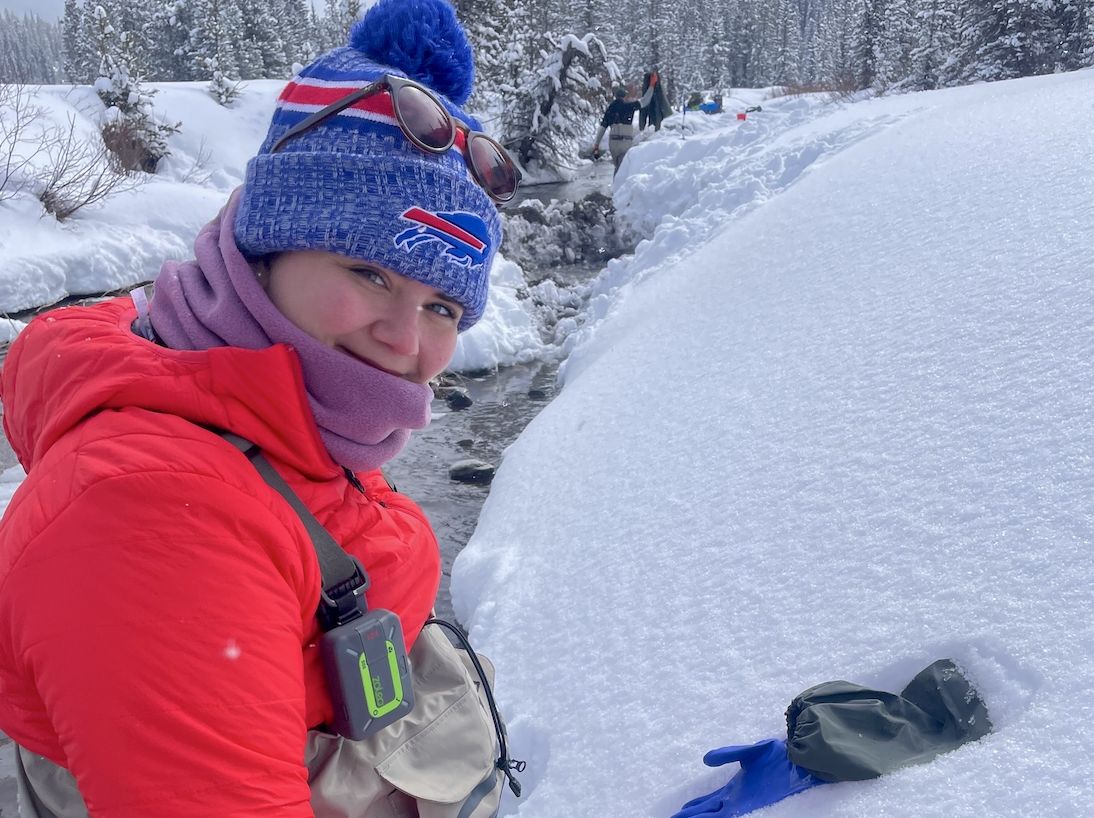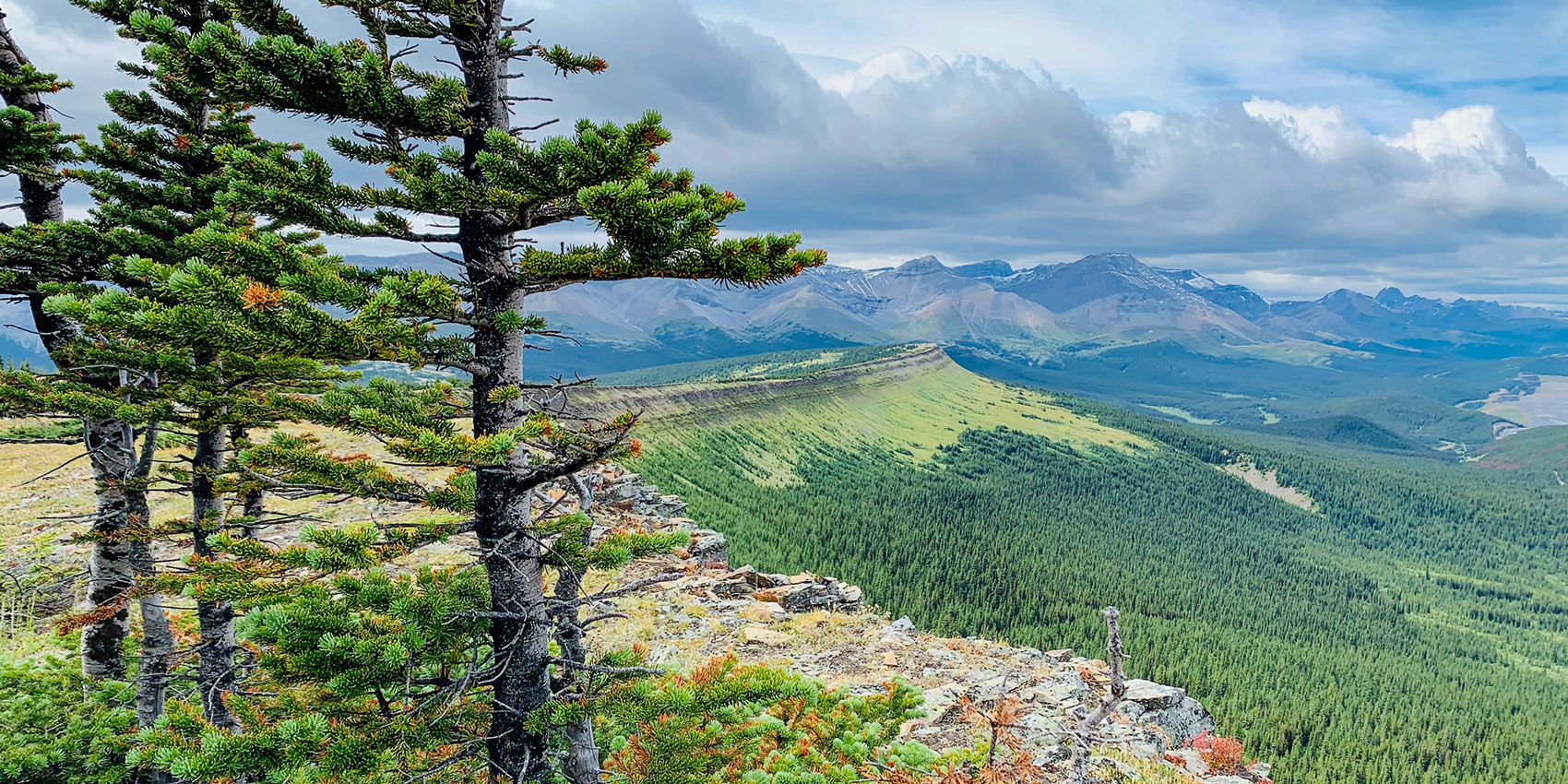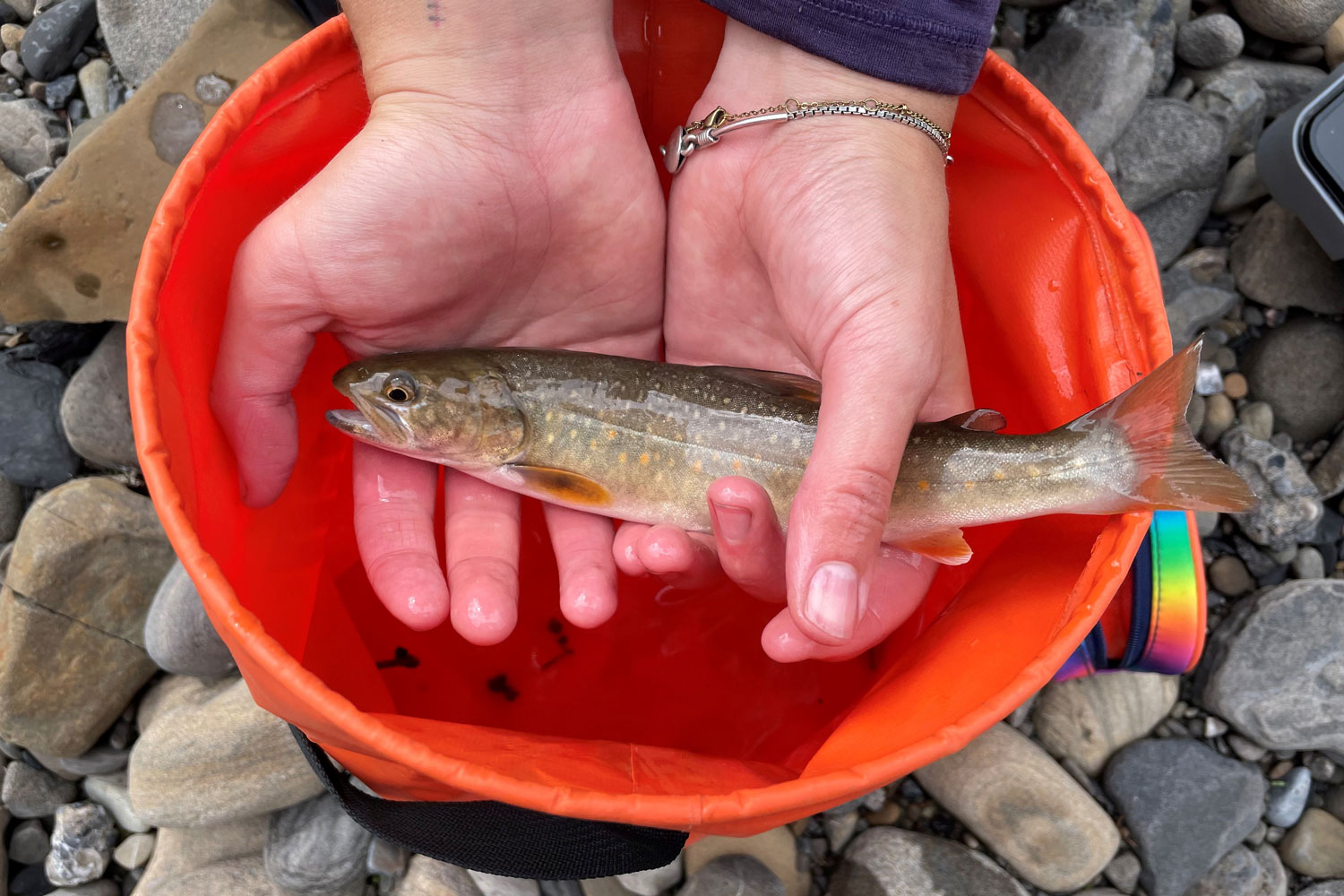
The Water and Fish Program helped support Tara Lepine’s MSc project titled “An experimental test of bull trout egg to alevin survival in the wild, with implications for conservation translocations in Alberta” through assistance with study design and data collection. Tara completed this work out of the Vamosi Lab at the University of Calgary (Steve Vamosi Lab). Additionally, Dr. Kissinger was a member on Tara’s MSc committee. We want to congratulate Tara on the successful completion of her thesis work.
For more information, view thesis here: https://prism.ucalgary.ca.








